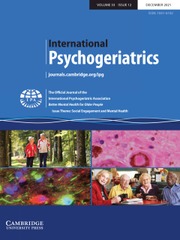Crossref Citations
This article has been cited by the following publications. This list is generated based on data provided by Crossref.
Pasechnik-Lyle, Agniya
and
Kharkhurin, Anatoliy V.
2024.
Architectures of Encounter: A Grounded Theory Study of Authentic Communication and Self-Discovery in Everyday Life.
Journal of Constructivist Psychology,
p.
1.



